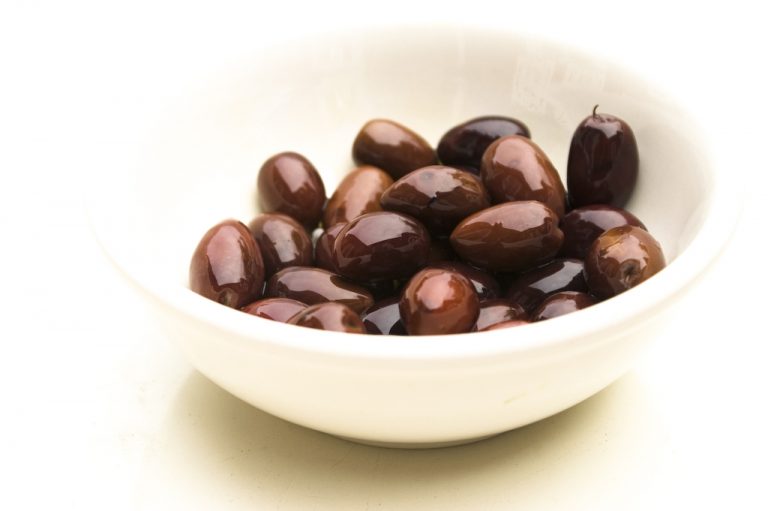KOS
The island is best known as the birthplace of Hippocrates, the father of medicine. Like Rhodes, it has a superb climate and beautiful scenery. Antiquity has also left traces of a prosperous past. Notable remains of the Classical and the successive periods lie scattered all over Kos. The monuments and places one should not miss seeing are the castle above the harbor; the Roman Odeum; the plane-tree under which Hippocrates taught his pupils, so tradition tells us; and a little beyond the town, some 4 km away, the famous Asklepleion of Kos, the sanctuary of Asklepios, god of Medicine.
Ancient Kos was also well known as the birthplace of Apelles, a famous painter of the 4th century B.C.
Medicinal springs are situated with modern facilities south of the town of Kos, on the slopes of the mountain.
KALYMNOS
Kalymnos is one of the more picturesque Dodecanese islands. It is hilly and not very fertile. The main occupation of its inhabitants is sponge diving. They are considered the best divers in the world. Before their boats set out in spring from the capital town Pothia or Kalymnos for the coast of North Africa, there are revelries and feasts with interesting popular events.
Relics of prehistoric times were discovered in a cave of a hill called Aghla Varvara. The island has also remained of the Mycenaean period. There are also remains of a sunken ancient city at Telendos, a small isle near Kalymnos.
LEROS
Leros, which lies between Patmos and Kalymnos, is the ancient isle of Artemis. It is a pleasant island, full of historical sites and good places for holiday-making. Above the traditional settlement of Ayia Marina, the island’s capital rises the castle of Panayia, which is still in good condition. Inside the castle is the church of the Virgin, with many interesting remains.
There is an early Christian church at Alinda, and the port of Lakki has a Byzantine church of St. John. At Paleokastro, on the way to Xirokambos, is the first ancient castle on the island.
